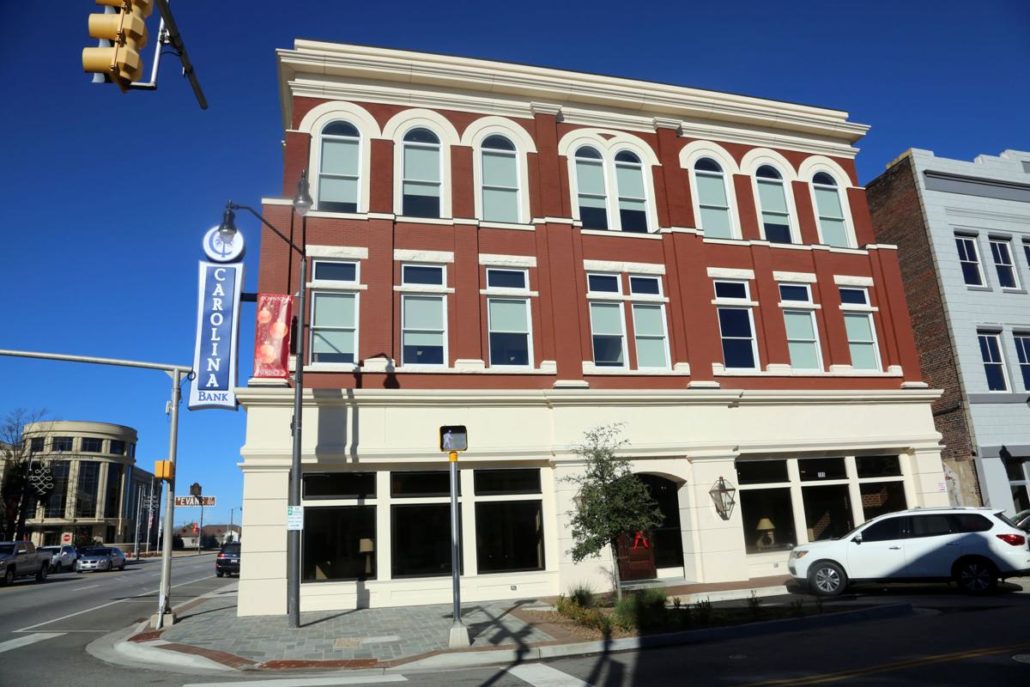
In keeping with the fashion at the time for public buildings, banks and stations, Cipolla’s Florentine Bank of Italy still conveys a sense of solidity, sobriety and simplicity. These commissions would continue with new projects, such as the modernization of the Quirinale stables, and part of the royal residence, when King Vittorio Emanuele II and his court moved to Rome after the city became the Italian capital. Throughout this time, he moved in circles close to the Savoy monarchy, even building a bridge across the Arno in 1868 to celebrate the marriage of Prince Umberto, the heir to the Italian throne, and Margherita of Savoy. In 1865, Cipolla also participated in the third round of the competition for the new facade of the Santa Maria del Fiore Cathedral. In the meantime, in 1864, alongside Florentine architect Vincenzo Micheli, he was called on by Giuseppe Fabbricotti to transform the old Strozzi family hunting lodge into an elegant villa. Between 18, he was awarded a major project in Bologna to erect the National Bank (later the Bank of Italy). Between 18, he worked on the restoration of Palazzo Farnese in Rome, which was to be the new home of the exiled King Francis II of the Two Sicilies.

His initial important commissions began arriving in the early 1850s. Born in Naples on February 4, 1820, Cipolla studied architecture in his hometown and in Rome. The architect Antonio Cipolla was entrusted with the design of the building. This was between 18 when Florence was the capital of the newly unified Italy. New headquarters were required for the bank when what was then known as the National Bank of the Kingdom of Italy and, before that, the National Bank of the Sardinian States, was moved from Turin to Florence. The architect would often choose these motifs according to his patrons’ tastes, creating the shell of the edifice, which, like the bank, featured an ample atrium, an impressive staircase and a majestic meeting room, while the artisans, who decorated the interior, used columns, pilasters and other decorative elements evoking the Renaissance. Neo Renaissance architecture originated in the 19th century and its characteristics include a blending of past styles.

An ornate doorway decorated with a shield bearing the Pazzi coat of arms, both designed and sculpted by Donatello, gave entry to the green space. The edifice was constructed between 18 on what had once been the “Orto”, or “Paradiso de’ Pazzi”, the garden belonging to houses owned by Pazzi family members in borgo degli Albizi. Not far from the Duomo in Florence, close to the Oblate library, the imposing Neo Renaissance-style building belonging to the Bank of Italy stands on the other side of via dell’Oriuolo at numbers 37/39.


 0 kommentar(er)
0 kommentar(er)
